Site C’s reservoir is starting to fill but preparation for this moment has spanned a decade.
Filling the reservoir, located at the Site C project site near Fort St. John, B.C., allows for putting the generating station, spillways, turbines and generators into operation. Over a period of up to four months, water will rise by up to three metres per day. Once the water reaches maximum depth, turbines and generators can be put into service.
Andrew Watson, BC Hydro’s director of design engineering for the Site C project, has been working on building the massive structure since 2007, years before shovels hit the ground and construction began in 2015.
“When you’re setting up to build one of these (projects) in British Columbia, you have to go through very thorough environmental assessments and even backing up from that you have to land major aspects of the design, because that drives the assessment,” Watson said.
“When you’re talking about engineering and procurement that also has to be backed up because it drives the entire design of your powerhouse.”
The size of floods in the area is also key, Watson stressed as “we’re in the business of water, we use it for power generation but there also can be very intense storms. We have a rigorous methodology around dam safety and extreme floods.”
Addressing the possibility of extreme weather drove the design of the spillway, he added, which is the largest in B.C.’s fleet of hydroelectric dams in terms capacity of pass flow.
“The reason for that is we have to pass the maximum flood of upstream facilities and upstream of this (project) is W.A.C. Bennett Dam which has a very large spillway. We also have tributaries, and we combine those together for maximum design flooding. That’s one of the earliest things you have to decide on as it really drives design of your spillway,” he said.
One of the fundamental pieces of building a structure like Site C, Watson said is “how you are dealing with the river during construction. You have permanent facilities, but you also have a major river system you have to handle prior to the spillway constructed and the dam being built and of course the dam is built in the middle of the river bed.”
Site C used twin diversion tunnels that moved the river along the site and through two 750-metre-long diversion tunnels each over three storeys high. On Aug. 26 the first of two diversion tunnels was closed and on Sept. 4 the second tunnel was closed and both are being backfilled.
“They’ve served their purpose. It’s a project in itself constructing those diversion works because they’re designed with a lot of the same features that you would have in permanent discharge facilities. They’re very important to operate during construction because they’re the single passage of water around the site,” he said.
With the tunnels closed water is now flowing downstream through the dam’s spillways.
“The real co-ordination on a project like this is that you have to co-ordinate everything, the timing by which you divert the river, the construction of the diversion works, to construction of the dam and permanent works,” Watson said. “All that time there’s a critical path for manufacturing facilities across the world and (obtaining) very large generating units. Our generators were manufactured in Brazil, the gates in Italy, and all of that is shipped to site.”
The project is scheduled for mid-December for first power, Watson said, and prior to that “you test for everything you can test without water.
“We simulated our control systems even before they got to site,” he said. “We bring the power in from substations, test our transformers and have everything ready so when we have water we focus on the generating machine itself.”
After the first generating unit comes into service in December, the six remaining generating units are scheduled to be in service in fall 2025.
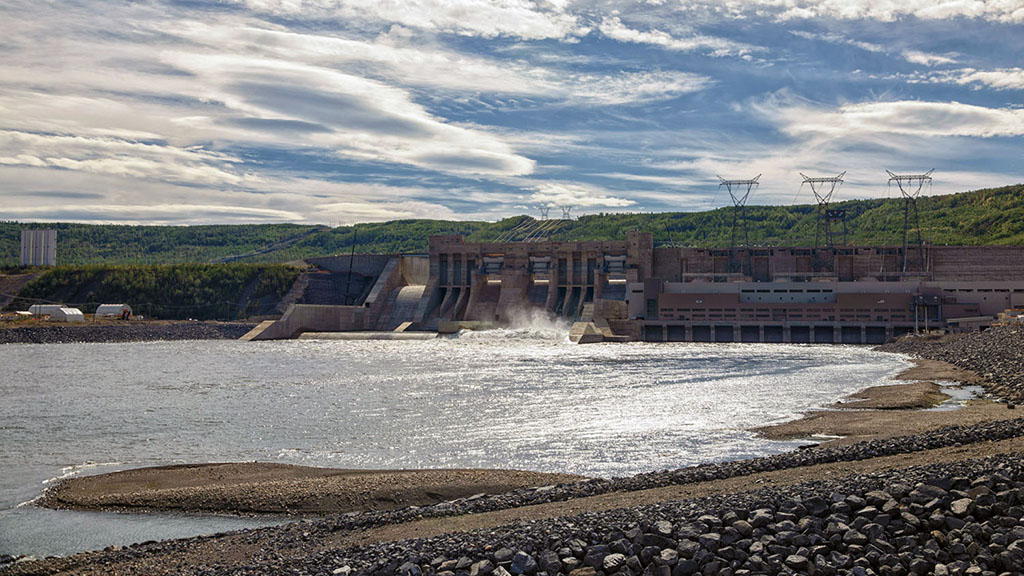
1/2
BC HYDRO - The Site C project near Fort St. John, B.C. on Sept. 6.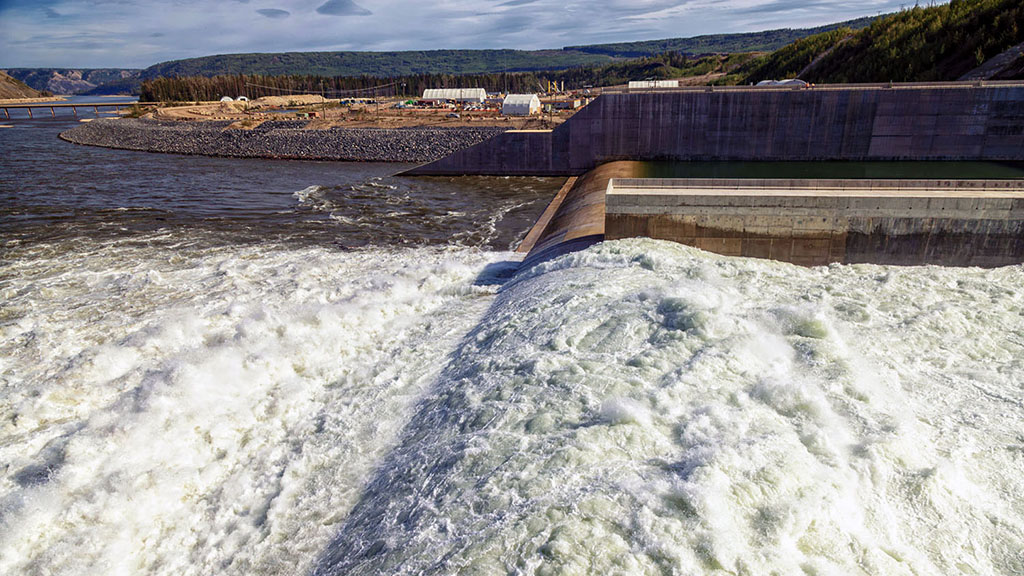
2/2
BC HYDRO - A view of Site C’s stilling basin weir.


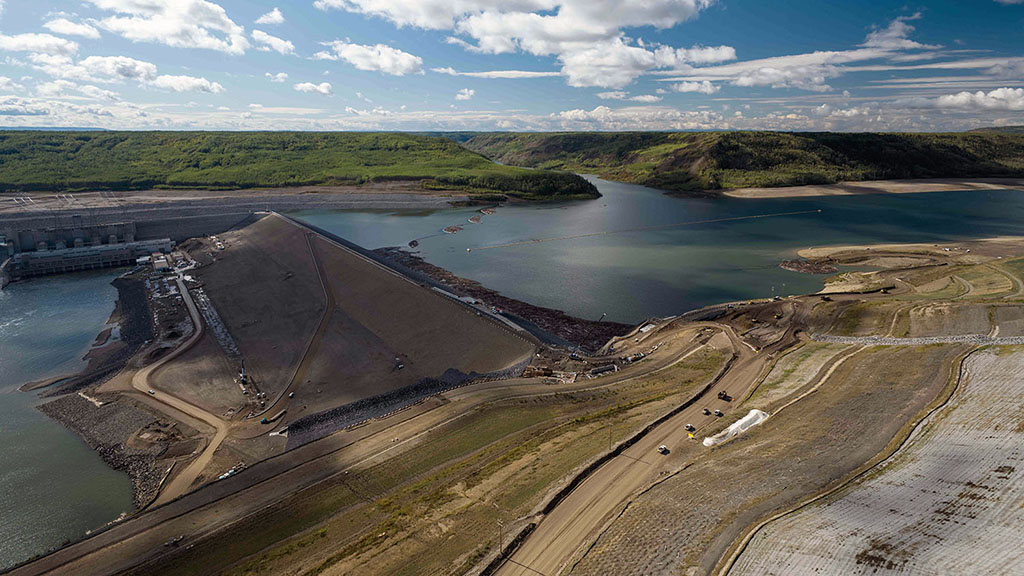




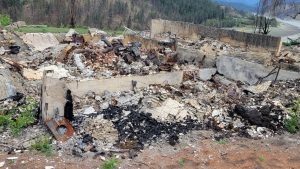


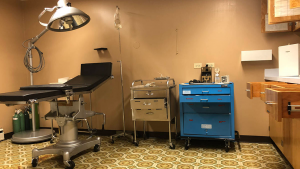
Recent Comments
comments for this post are closed